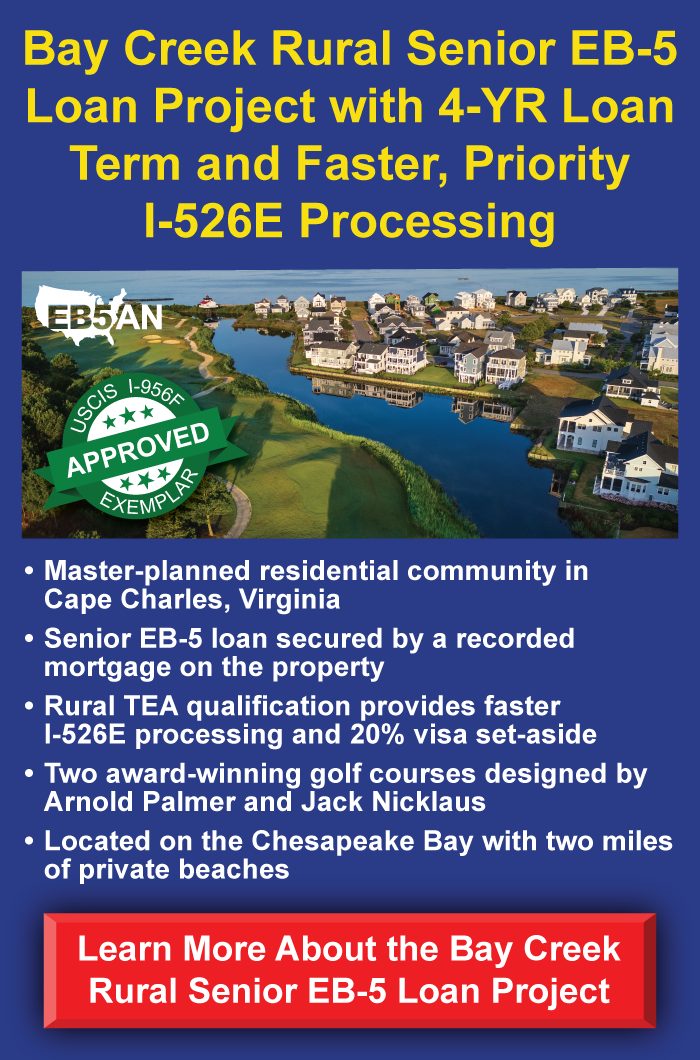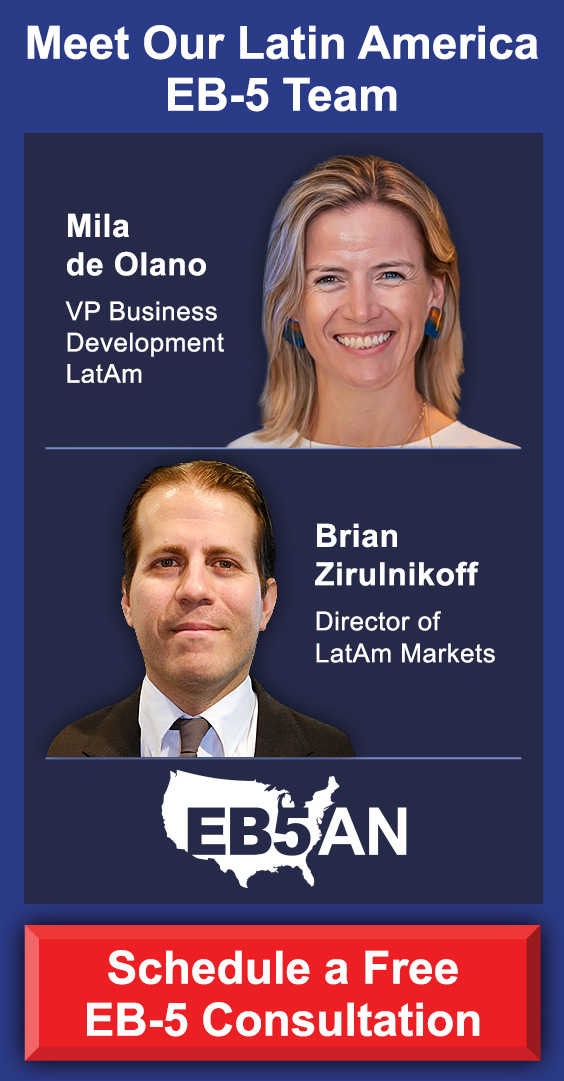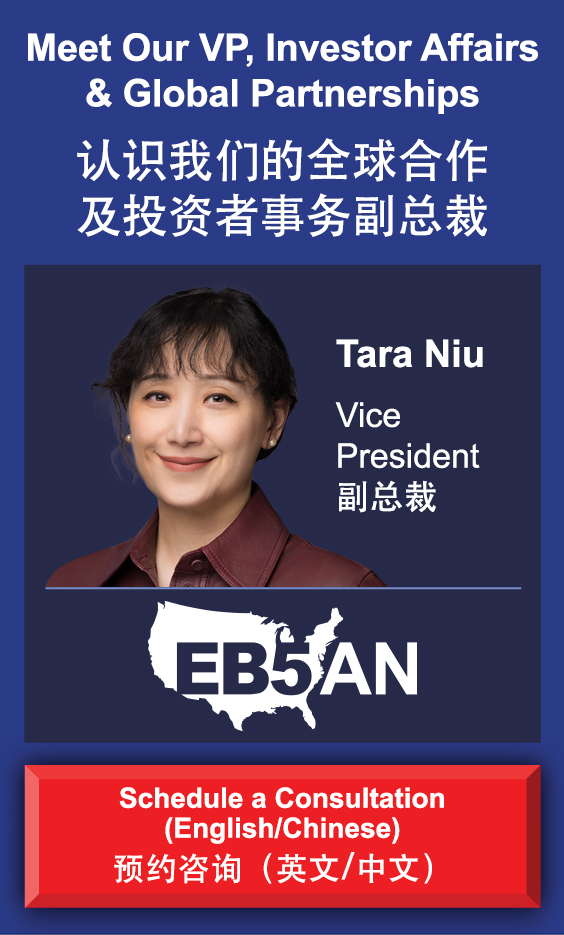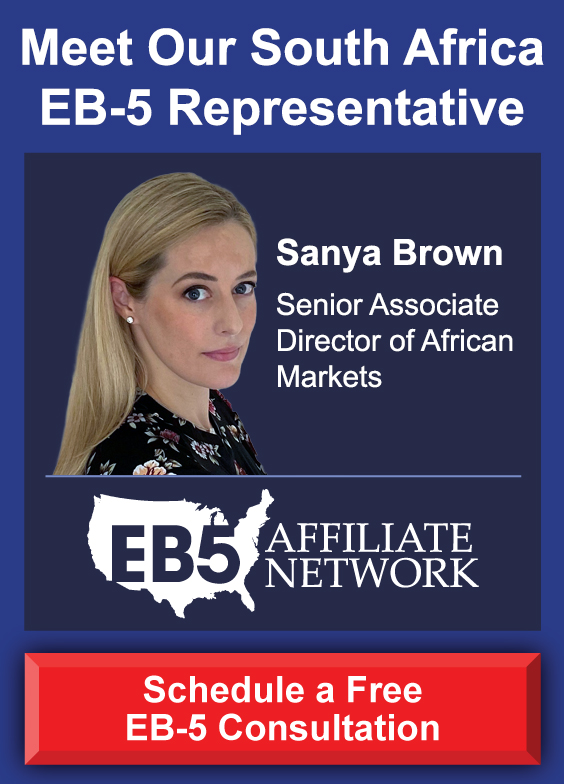The EB-5 Immigrant Investor Program provides foreign nationals with an opportunity to obtain a U.S. Green Card by investing in businesses that create jobs for U.S. workers. Notably, though, this pathway to permanent residency is rather complex—investors must navigate certain legal, financial, and regulatory requirements, some of which can potentially put their investment at risk if not properly vetted.
One of the most critical areas that EB-5 investors must be cautious about is identifying and avoiding conflicts of interest within a project’s investment structure, particularly among new commercial enterprises (NCEs), regional centers, developers, and immigration attorneys.
Understanding these potential conflicts is essential to safeguarding both your capital and immigration goals. Below, we’ll explore how to identify common red flags in EB-5 investments and which steps to take to protect yourself.
What Is a Conflict of Interest in EB-5 Investments?
Key Areas for Potential Conflicts of Interest
Steps to Avoid Conflicts of Interest
Avoiding Conflicts of Interest in EB-5 Investments
What Is a Conflict of Interest in EB-5 Investments?
In the context of EB-5 investments, a conflict of interest refers to a situation in which the individuals or organizations involved have multiple interests, some of which may interfere with the investor’s interests.
These conflicts can arise when there is an overlap between roles—such as a developer also being a principal in the regional center or when an immigration attorney stands to benefit from a particular investment.
Such scenarios can lead to decisions that benefit the parties with conflicted interests rather than the investor, which can ultimately jeopardize the EB-5 process and the investor’s residency application.
Key Areas for Potential Conflicts of Interest
The primary parties involved in an EB-5 investment include the NCE, the developer, the regional center, and immigration attorneys. Conflicts of interest can arise when these roles are not clearly defined or when there is self-dealing (where one party stands to benefit at the expense of others).
Let’s explore the most common red flags and warning signs for each of these key roles.
Self-Dealing in New Commercial Enterprises
One of the most significant red flags in an EB-5 investment is self-dealing.
This occurs when the individuals involved in the investment—typically the owners or managers of the NCE—have personal interests that may influence their decision-making to the detriment of the investors.
Here are some major red flags that may point to self-dealing.
Related-Party Transactions
Watch out for transactions between the NCE and entities controlled by the NCE’s principals.
If the NCE is paying inflated prices for services or goods to related parties, it may indicate that the NCE’s principals are using the EB-5 project to generate disproportionate revenue for their other business entities.
Inadequate Disclosure
Transparent and detailed financial statements are essential. If the NCE is unwilling or unable to provide clear, audited financial records, steer clear of investing in any of its projects.
Here are some specific tips to protect yourself:
- Request detailed documentation.
- Ensure that an independent, third-party auditor reviews the financials.
- Ask about the compensation structure and assess whether it aligns with typical industry practices.
Conflicts Between the Regional Center and the NCE
Regional centers are designated entities that sponsor and oversee EB-5 projects. They are responsible for ensuring that the project meets EB-5 job creation requirements and that the investors’ capital is used appropriately.
However, conflicts can arise if the regional center has a vested interest in the NCE, especially if it is not disclosed to investors.
Two major warning signs to look out for concern dual roles and inconsistent reporting.
For instance, if the regional center is incentivized to prioritize its own financial gain over the interests of EB-5 investors, it could lead to mismanagement of funds.
If the regional center is not providing regular, detailed updates on the status of the investment or the job creation process, this may also suggest a lack of oversight or poor governance.
Take these steps to identify—and avoid—any conflicts of interest between the regional center and the NCE:
- Investigate the relationship between the regional center and the NCE. Ensure that their roles are clearly defined and that there is no overlap or dual control without adequate oversight.
- Ask about independent oversight mechanisms—such as third-party audits or a separate advisory board—to ensure transparency.
Lack of Clear Roles Between Developers and the NCE
Developers are critical to the actual implementation of the EB-5 project. They oversee the construction or operation of the project, ensuring that it proceeds as planned.
Conflicts of interest can occur, however, if the developer has too much control over the NCE or if the developer’s financial interests are not aligned with that of the investors.
While the conflict is between different parties, you should look for the same warning signs as you would for a conflict of interest between the regional center and NCE.
Overlapping Ownership
Developers with substantial ownership stakes in both the NCE and the project might prioritize their personal financial interests over the success of the EB-5 investment. This approach puts investors’ funds—and therefore their Green Cards—at risk.
Inadequate Reporting
If the developer is unwilling to share detailed progress reports, financial statements, or other relevant documents with investors, it could indicate that the developer is hiding financial problems or mismanaging funds.
Here are more steps to take to help you avoid conflicts of interest and safeguard your investment:
- Investigate the developer’s background, experience, and track record in similar EB-5 projects.
- Ensure that there is a clear distinction between the roles of the developer and the NCE, with regular independent reporting on both the progress of the project and the financial health of the NCE.
Immigration Attorneys With Interests
Immigration attorneys are hired to assist with the EB-5 visa application process, ensuring that all the necessary documentation is submitted and that the investment meets the program’s requirements.
Notably, conflicts of interest can arise if an immigration attorney has a financial interest in the success of the NCE, developer, or regional center.
Such conflicts of interest usually arise through referral fees or dual representation.
Referral Fees
Be cautious if your immigration attorney has a financial interest in referring you to a particular project, especially if they stand to earn a commission or other incentives from the regional center or developer.
Dual Representation
If your immigration attorney is also representing the NCE or developer, there could be a conflict between their duty to you as an investor and their duty to the NCE or developer.
Follow these steps to find the best immigration attorney to represent you and you alone:
- Ensure that your immigration attorney is solely focused on your immigration needs and does not have financial ties to the regional center, developer, or NCE.
- Ask whether the attorney receives any referral fees or commissions for recommending a particular EB-5 project and ensure that this relationship is fully disclosed.
Steps to Avoid Conflicts of Interest
The key to avoiding conflicts of interest in EB-5 investments is thorough due diligence.
Here are four steps you can take to protect your investment:
- Research the Backgrounds of All Parties Involved: Investigate the reputation and history of the NCE, regional center, developers, and immigration attorneys. Look for any past complaints, litigation, or regulatory issues and see if they’ve worked together on any prior projects.
- Request Detailed and Transparent Financials: Ensure that the financials of both the regional center and NCE are fully disclosed and independently audited. You should additionally receive regular updates throughout the life of the investment.
- Review the Terms of the Investment: Ensure that the terms of the investment, including all related fees, profit-sharing, and exit strategies, are clearly outlined and reasonable.
- Consult Experts: Engage independent legal and financial professionals to assess the investment. These professionals should not have any financial ties to the project to avoid conflicts of interest.
Avoiding Conflicts of Interest in EB-5 Investments
Investing in the EB-5 program is an exciting opportunity, but it requires careful attention to avoid conflicts of interest that could jeopardize your investment and immigration goals.
Self-dealing, unclear roles, and hidden financial incentives can all interfere with the proper management of your EB-5 investment. By doing your due diligence, seeking independent advice, and ensuring transparency throughout the process, you can minimize these risks and make an informed decision about your investment.
EB5AN has helped more than 2,700 families from over 70 countries relocate to the United States as lawful permanent residents. Our team has more than a decade of experience, and we offer our clients first-rate, low-risk EB-5 regional center projects with a 100% USCIS project approval rate.
If you would like to know more about your EB-5 investment options, book a free call with our expert team today.











